Brief Overview of Cuban History
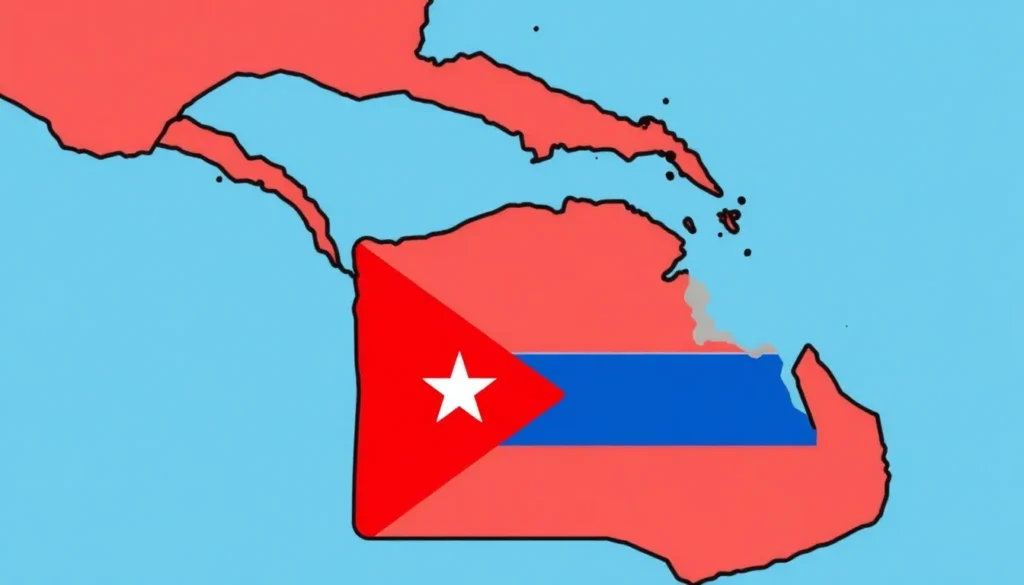
Visiting a new country is always an adventure, but understanding its history can elevate that experience to a whole new level. By immersing yourself in the past, you gain insight into the local customs, societal issues, and the resilient spirit of its people. Nowhere is this more true than in Cuba, a vibrant island with a rich and tumultuous history that has shaped its present-day landscape. In this article, we aim to explore the essence of Cuba's past without overwhelming you with endless details, yet ensuring that you grasp the significant events that have led to the Cuba we know today.
Understanding Cuba through its History
Cuba is not just a destination; it's a tapestry of stories woven intricately through time. From the moment you step foot on this island, you can sense the echoes of its past in the rhythm of its music, the warmth of its people, and the beauty of its landscapes. Understanding Cuba’s history is not merely academic; it enriches your travel experience and fosters a deeper connection to its culture. We will delve into the main periods of Cuban history, each pivotal in shaping the identity of this island nation.
For the sake of clarity, we can categorize Cuban history into three main phases: Pre-Colonial, Colonial, and Post-Colonial.
The Pre-Colonial Era: Roots of the Island
The origins of Cuba can be traced back thousands of years, with its earliest inhabitants being indigenous tribes such as the Taíno and the Ciboney. These groups migrated from South and North America, establishing a rich cultural tapestry long before European contact. However, the most significant date in this era is 1492, when Christopher Columbus landed on the island, marking the beginning of a new chapter in its history.
The encounter with Columbus and subsequent Spanish colonization dramatically altered the fate of the island. The indigenous populations faced extermination due to disease, warfare, and enslavement, which decimated their numbers and culture.
The Colonial Period (1492-1898): A Time of Oppression
The Spanish Conquest
Although Columbus was the first European to set foot on Cuban soil, it wasn't until 1511 that Spanish colonial authority was firmly established by Diego Velázquez de Cuéllar. He, along with a small contingent of men, initiated the process of colonization by establishing several settlements, including La Habana and Trinidad.
As the Spanish sought to exploit the island's natural resources, they enslaved the indigenous peoples, forcing them into labor. This brutal exploitation prompted several uprisings, but the might of the Spanish military quelled these revolts swiftly. Unfortunately, the indigenous population could not withstand the onslaught of foreign domination.
In a desperate move to sustain the labor force, the Spanish began importing African slaves, leading to a tragic but transformative chapter in Cuban history. The influx of African cultures significantly contributed to the diverse identity of Cuba, influencing everything from music to religion.
Wars of Independence: A Struggle for Freedom
The yearning for independence began to surface in the 19th century, inspired by the American and French revolutions. In 1868, Carlos Manuel de Céspedes ignited the first major revolution against Spanish rule, declaring Cuba's independence. His vision was revolutionary, envisioning a Cuba free from the shackles of slavery.
Another key figure, José Martí, emerged in the 1890s, advocating for Cuban nationalism and the establishment of a republic. His efforts culminated in the Spanish-American War, sparked by the mysterious explosion of the USS Maine in 1898. This event provided the U.S. with a pretext to intervene, ultimately leading to the end of Spanish colonial rule.
For more in-depth information on these conflicts, refer to:
The Post-Colonial Era: A New Chapter Begins (1898-Present)
The Platt Amendment and U.S. Control
In 1902, Cuba declared itself an independent republic, but the reality was more complex. The U.S., under the Platt Amendment, retained significant influence, including the right to intervene militarily and establish a naval base in Guantánamo, a strategic location for controlling the region.
This amendment represented a new form of colonialism, where Cuba's independence was limited by U.S. oversight, breeding resentment among many Cubans.
Fulgencio Batista and Political Turmoil
The early years of independence were marked by political instability, highlighted by the rise of Fulgencio Batista, who ascended from military sergeant to the presidency. Initially implementing social reforms, Batista's later years were marred by corruption and ties to organized crime, leading to widespread discontent.
The Cuban populace, grappling with poverty, became increasingly frustrated, setting the stage for revolution. Batista's regime was characterized by repression and a growing divide between the wealthy elite and the impoverished majority.
The Cuban Revolution: Rise of Fidel Castro
The pivotal moment in modern Cuban history unfolded in 1959 with the Cuban Revolution, led by the charismatic Fidel Castro. His movement sought to overthrow Batista and establish a government that represented the people’s interests. The revolution was fueled by widespread discontent and culminated in a dramatic victory.
Castro's early efforts included land reforms and nationalization of industries, which initially garnered support from many Cubans who had long suffered under Batista's corrupt rule. However, the U.S. soon perceived Castro’s socialist inclinations as a threat, leading to heightened tensions between the two nations.
The Cold War and Cuban Relations with the Soviet Union
Cuba's alliance with the Soviet Union transformed the island into a focal point of the Cold War. The U.S. responded with economic sanctions and military interventions, including the infamous Bay of Pigs Invasion in 1961, a failed attempt to overthrow Castro that only solidified his control.
During this period, Cuba experienced significant social advancements, including universal healthcare and education, which improved the quality of life for many. However, the U.S. embargo severely restricted economic opportunities, leading to dire conditions for many Cubans.
- For more information on the Bay of Pigs, see Bay of Pigs Invasion.
The Special Period: Economic Crisis and Reform
The fall of the Berlin Wall in 1989 and the subsequent collapse of the Soviet Union marked the onset of the "Special Period," a time of severe economic hardship for Cuba. With the loss of Soviet support, the island faced food shortages, power outages, and mass emigration as many sought better opportunities abroad.
In a desperate bid to revive the economy, Cuba opened its doors to tourism and foreign investment, leading to a gradual recovery. However, the social inequalities that emerged during this period sparked debates about the direction of the nation.
Fidel Castro's Legacy: A Complex Figure
Fidel Castro passed away in 2016, leaving behind a complex legacy. His supporters praised his accomplishments in education and healthcare, while critics highlighted the repressive measures taken against dissenters. The ongoing debate about his impact reflects the diverse experiences of Cubans.
- Some notable achievements include:
- Eradication of illiteracy and improved healthcare access.
- Universal education leading to a more educated population.
- International medical support to other nations.
- Critiques of his regime often cite:
- Continual reliance on foreign powers for support.
- Suppression of freedom and human rights.
- Economic challenges and the persistence of a dual currency system.
Conclusion
While this overview provides a glimpse into the rich and intricate history of Cuba, it is only a starting point for understanding the complexities of this island nation. The journey through Cuba's past is a journey through resilience, transformation, and hope, shaped by the indomitable spirit of its people.
Cuba is a land of contrasts, where the echoes of history mingle with the vibrant pulse of modern life, inviting all who visit to explore and appreciate its unique story.
For those eager to dive deeper into Cuba's captivating history, this video offers an engaging overview:
As you consider your travel plans, remember the rich history that has shaped Cuba into the vibrant and resilient nation it is today!
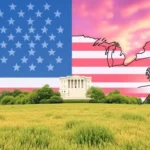
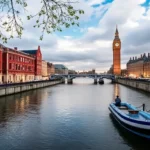
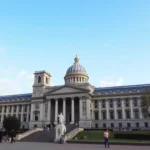
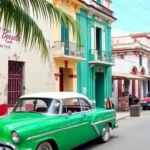
Deja una respuesta